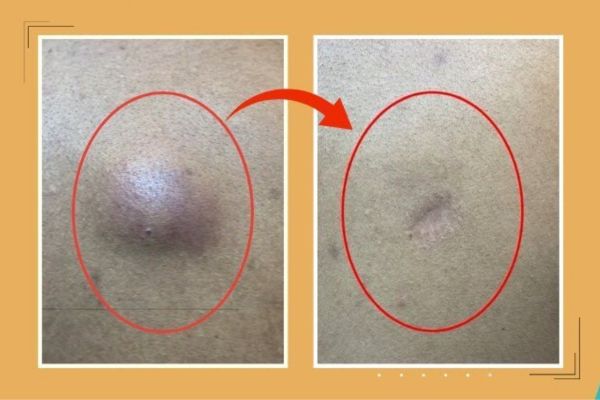
A sebaceous cyst is a common skin condition that can affect people of all ages. Although often harmless, these cysts can be unsightly and occasionally become painful. Understanding what a sebaceous cyst is and its treatment options is essential for those dealing with this issue. In this article, we will explore sebaceous cysts, their causes, symptoms, and various treatment options available.
What Is a Sebaceous Cyst?
A sebaceous cyst, also known as an epidermoid cyst, is a noncancerous lump beneath the skin. These cysts develop when the sebaceous glands, responsible for producing an oily substance called sebum, become clogged. Sebum normally flows to the surface of the skin through hair follicles, but when the follicles become blocked, a cyst can form. These cysts can occur anywhere on the body but are most commonly found on the face, neck, chest, and back.
Causes and Symptoms
Sebaceous cysts can develop for various reasons, including:
- Blocked Glands: The most common cause is the blockage of hair follicles or oil glands, trapping sebum under the skin.
- Trauma: In some cases, injury or damage to the skin can trigger cyst formation.
Symptoms of a sebaceous cyst
- A small, firm bump beneath the skin.
- A visible blackhead or pore at the centre of the cyst.
- Skin redness, tenderness, or swelling in the affected area.
- Thick, yellow or white, foul-smelling discharge when the cyst becomes infected.
- Pain or discomfort if the cyst grows or becomes inflamed.
Treatment Options
- Observation: In many cases, sebaceous cysts are harmless and painless. If a cyst is not causing discomfort or cosmetic concerns, it can be left alone and observed over time. However, it’s important to keep an eye on it for any changes.
- Warm Compress: Applying a warm, moist cloth to the cyst can help soften the skin and encourage the cyst to drain naturally. This can relieve pain and reduce inflammation.
- Incision and Drainage: If a cyst becomes infected or painful, a healthcare professional may perform a minor surgical procedure to drain the cyst. This procedure involves making a small incision and removing the cyst’s contents.
- Antibiotics: If an infected cyst is accompanied by redness, warmth, and tenderness, antibiotics may be prescribed to treat the infection.
- Surgical Excision: For persistent or recurrent cysts or those causing cosmetic concerns, surgical excision is an option. During this procedure, the cyst is removed entirely, along with its sac. This minimizes the chances of recurrence.
- Laser Therapy: Laser treatment can be used to vaporize the cyst’s contents and remove its outer lining. This approach is less invasive and may result in minimal scarring.
Cyst Removal Aftercare
Conclusion
Sebaceous cysts are a common skin condition that can be bothersome but are generally not a cause for concern. While they may resolve on their own, some cysts require medical intervention, particularly if they become infected or painful. Seeking advice from a healthcare professional is essential if you suspect you have a sebaceous cyst. They can recommend the most appropriate treatment option based on the cyst’s size, location, and overall condition. Remember that self-treatment or attempting to pop a cyst at home can lead to infection and scarring, so it’s always best to consult with a medical expert for proper care.

At SkinQure, we offer expert cyst removal services in Saket, South Delhi. Don’t let cysts hold you back – regain clear, healthy skin today. Contact us to schedule your consultation and start your journey to renewed confidence and comfort.
